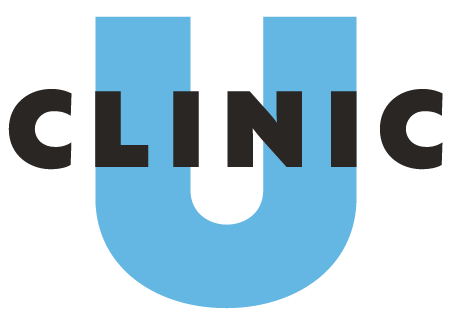Ulcus Cruris, ook wel bekend als varische ulcera, zijn een soort wonden die voorkomen op de onderbenen, meestal aan de binnenkant van de enkel of net boven de hiel. Deze soort wonden worden veroorzaakt door chronische veneuze insufficiëntie, wat een aandoening is waarbij de aders in de benen moeite hebben met het terugpompen van bloed naar het hart.
Symptomen van Ulcus Cruris
- De huid rondom de wond is rood of verkleurd
- De wond is oppervlakkig of diep en kan pijnlijk zijn
- De wond kan een slechte geur produceren
- De wond kan omgeven zijn door harde, eeltige huid
- De wond kan traag genezen
- Zwelling in het aangetaste been
Risicofactoren
- Leeftijd: Ulcus Cruris komt vaker voor bij oudere volwassenen
- Obesitas
- Varicositeit
- Familiegeschiedenis van veneuze ziekte
- Langdurig staan of zitten
- Geschiedenis van diepe veneuze trombose (DVT)
Diagnose
Een arts of wondzorgspecialist zal een diagnose stellen van Ulcus Cruris door een fysiek onderzoek van de wond en het nemen van de medische geschiedenis van de patiënt. Ze kunnen ook tests bestellen zoals een echo of duplexscan om de bloedstroom in de benen te evalueren.
Behandeling
- Behandeling van Ulcus Cruris bestaat meestal uit een combinatie van wondzorg, compressietherapie en het aanpakken van de onderliggende oorzaken.
- Wondzorg: De wond moet schoon gehouden worden en bedekt met een steriele dressing om infectie te voorkomen. Als de wond geïnfecteerd is, kunnen antibiotica voorgeschreven worden.
- Compressietherapie: Compressiekousen of verbanden worden gebruikt om de bloedcirculatie te verbeteren en zwelling te verminderen.
- Onderliggende oorzaken aanpakken: Dit kan behandelen van varicositeit, bloeddruk beheersen, en het aanpakken van andere onderliggende medische aandoeningen die bijdragen aan het ontstaan van Ulcus Cruris.
- Chirurgie: In sommige gevallen kan chirurgie nodig zijn om de beschadigde aders te repareren of te verwijderen.
Preventie
- Een gezond gewicht behouden
- Regelmatig sporten
- Het dragen van compressiekousen
- De benen optillen bij zitten of liggen
- Vermijd langdurig staan of zitten
Het is belangrijk op te merken dat Ulcus Cruris enkele weken of zelfs maanden kan duren om te genezen en dat ze kunnen terugkeren als de onderliggende oorzaak niet wordt aangepakt. Nauwlettend toezicht door een arts of wondzorgspecialist is noodzakelijk om een goede genezing te verzekeren en complicaties te voorkomen.
Als u vermoedt dat u Ulcus Cruris heeft, is het belangrijk om zo snel mogelijk medische hulp in te roepen. Met de juiste behandeling zal de wond genezen en kan het risico op complicaties worden verminderd.
